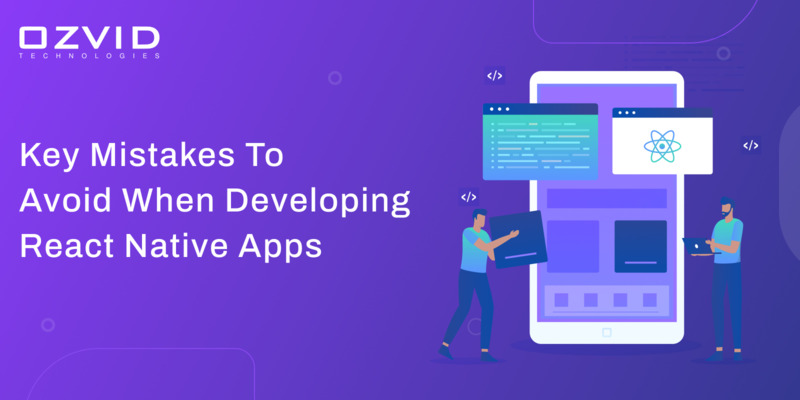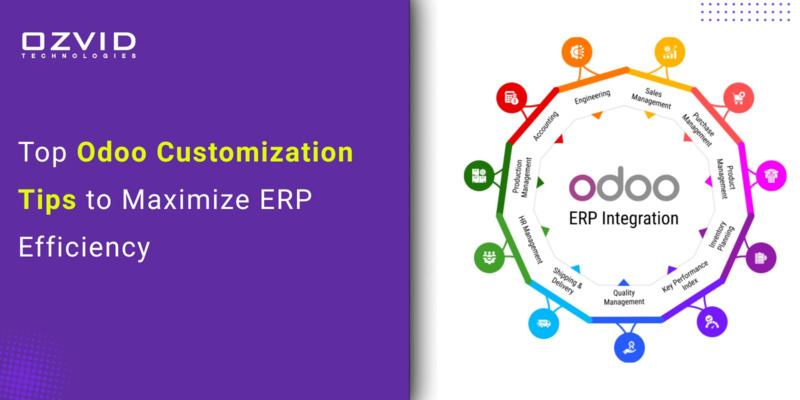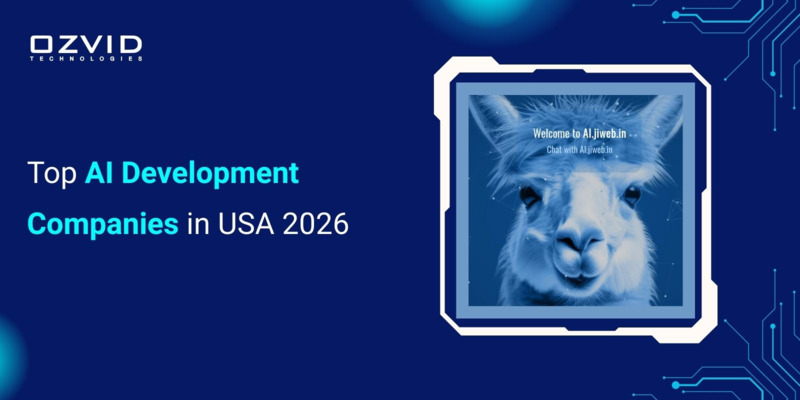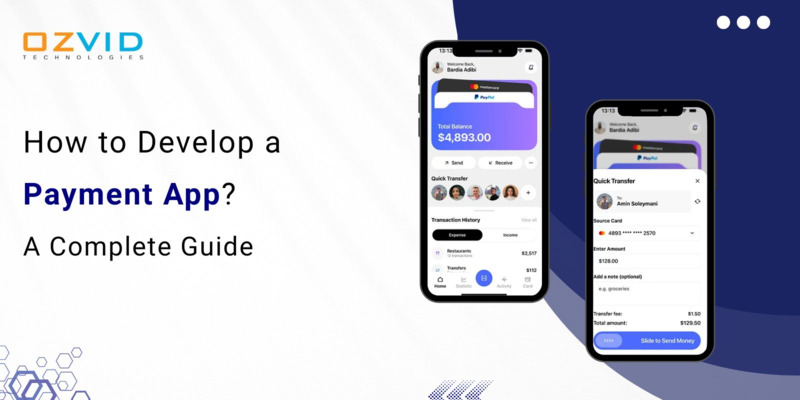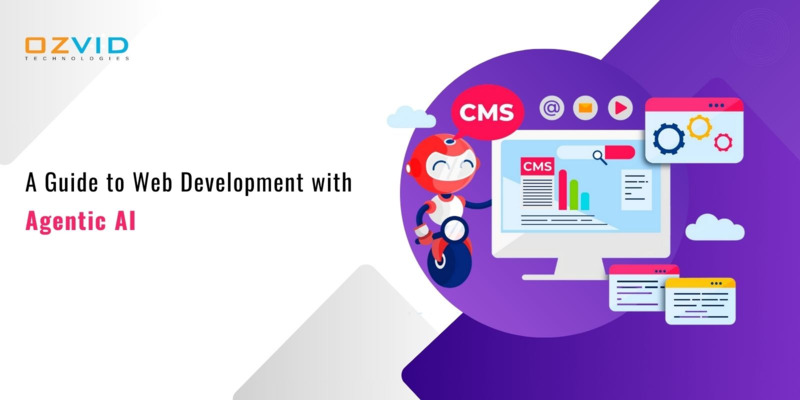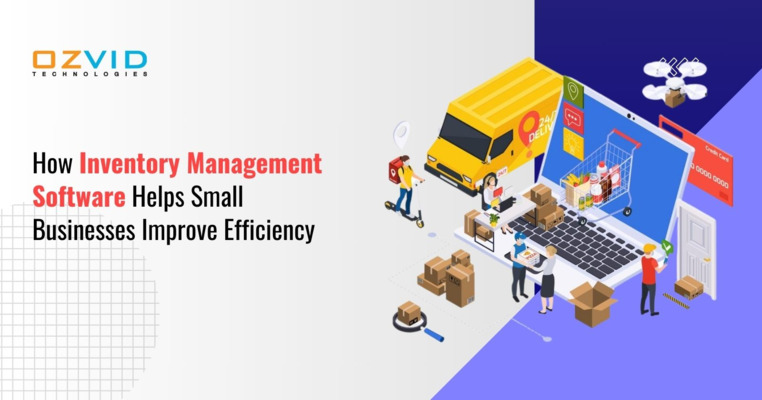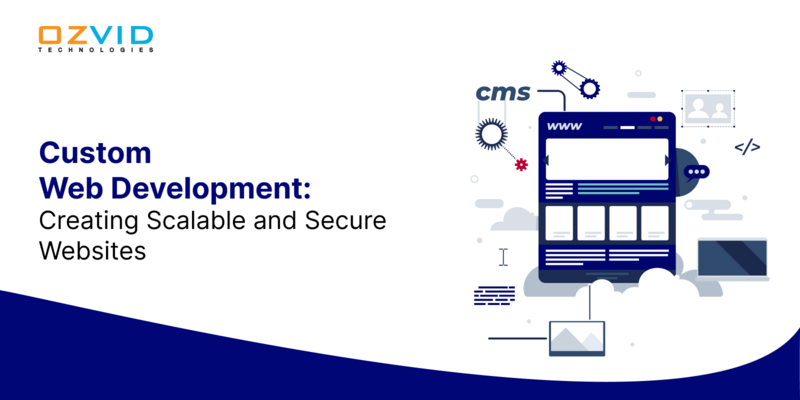- Apr 08, 2025
- Web Development
- 2368
Share this post on:
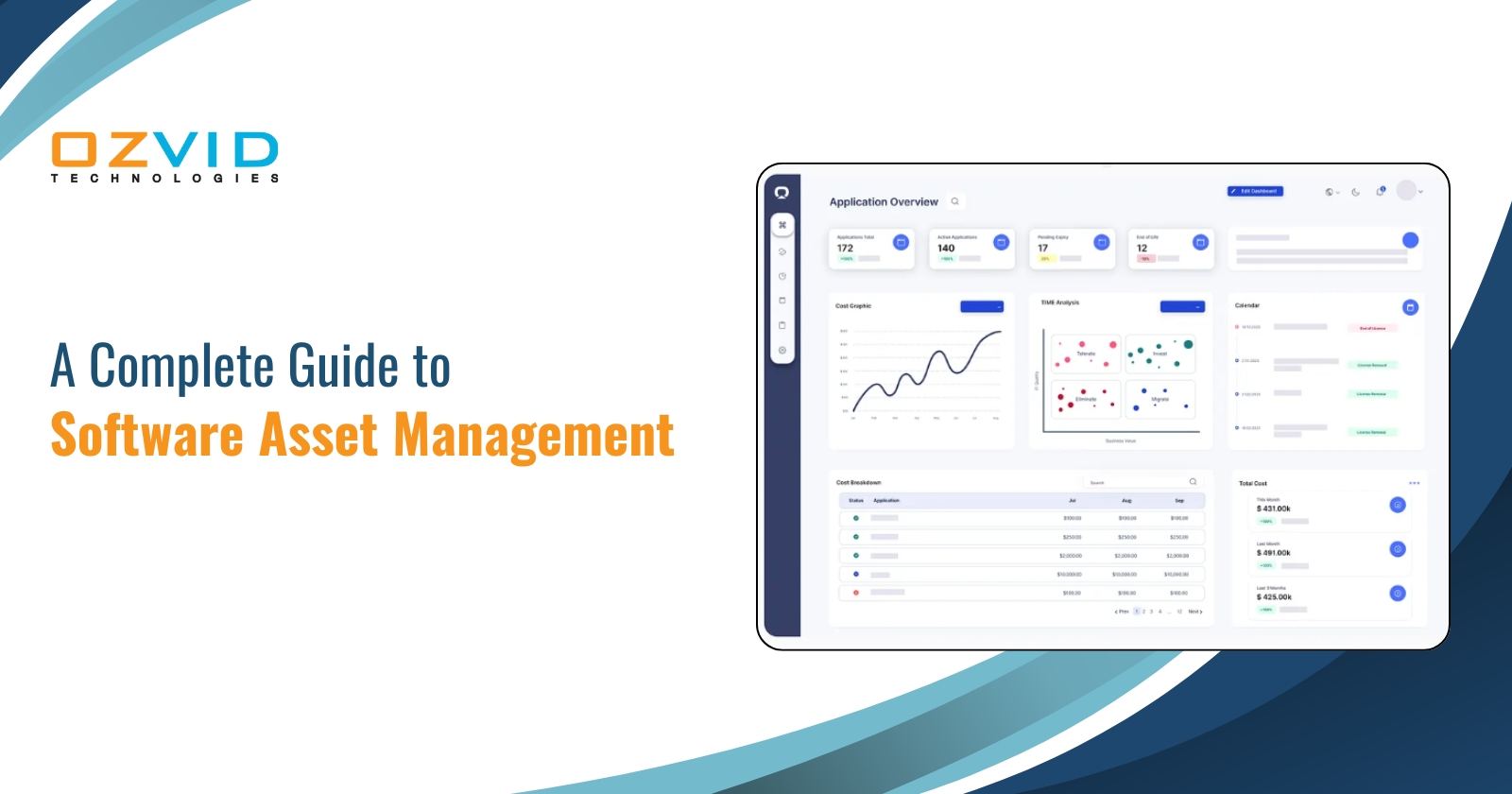
Software Asset Management (SAM) is a critical discipline for organizations aiming to optimize their software investments, ensure compliance, and enhance operational efficiency. With the increasing complexity of IT environments, managing software assets effectively has become a priority for businesses of all sizes. This guide explores the fundamentals, processes, benefits, best practices, and tools associated with SAM.
What is Software Asset Management?
Software Asset Management encompasses the processes and strategies used to manage, control, and protect software assets throughout their lifecycle. It ensures that organizations use software efficiently while adhering to licensing agreements and minimizing risks such as financial penalties or security vulnerabilities.
Key Takeaways
- SAM Goals: Optimize costs, ensure compliance, mitigate risks, and enhance efficiency.
- Core Processes: Audit licenses, manage inventory, provision/de-provision licenses, monitor usage.
- Benefits: Cost savings, compliance, operational efficiency, and security.
- Lifecycle Management: Manage software from acquisition to retirement.
Goals of Software Asset Management
The primary objectives of SAM include:
Cost Optimization: Reducing unnecessary software expenditures by identifying unused licenses and optimizing procurement.
Compliance: Ensuring adherence to licensing agreements to avoid legal issues.
Risk Mitigation: Minimizing risks associated with shadow IT, SaaS sprawl, and zombie accounts.
Operational Efficiency: Streamlining processes for software provisioning and usage tracking.
Key Processes in Software Asset Management
Software Asset Management (SAM) involves several essential processes that ensure organizations can efficiently manage their software assets while optimizing costs, adhering to compliance, and minimizing risks. Below is a detailed explanation of the key processes in SAM:
1. Auditing Software Licenses:
Auditing is the foundational step in SAM. It includes thoroughly reviewing all software program licenses and subscriptions inside the organization to understand what is owned, deployed, and actively used. This process enables organizations to perceive unused or redundant licenses, making sure they only pay for what they need. Regular audits additionally put together companies for outside compliance checks, lowering the risk of consequences because of licensing violations. By retaining accurate records of licenses, organizations can keep away from overspending at the same time as making sure they continue to be legally compliant.
2. Inventory Management:
Inventory managementis all about growing and keeping a complete database of all software program belongings throughout the organization. This consists of information consisting of software versions, installation locations, licensing terms, and expiration dates. A well-maintained inventory ensures that no software is going unnoticed or untracked, that is important for compliance and cost control. Automated equipment can simplify inventory monitoring through supplying real-time updates on software usage across desktops, servers, and cloud environments.
3. License Provisioning and de-provisioning:
License provisioning refers to granting access to software primarily based totally on employee roles and requirements, whilst de-provisioning includes revoking access while it is no longer needed. This process prevents unnecessary license utilization and enables optimize costs via way of means of making sure that simplest active users have access to specific software applications.
4. Monitoring Software Usage:
License provisioning refers to granting access to software primarily based totally on employee roles and requirements, whilst de-provisioning includes revoking access when it is no longer needed. This process prevents unnecessary license utilization and enables optimize costs via way of means of making sure that simplest active users have access to specific software applications.
5. Software Lifecycle Management:
Software lifecycle management focuses on overseeing each stage of a software's journey, from acquisition to deployment, maintenance, renewal, and eventual retirement. This process ensures that software remains up-to-date with patches and upgrades, reducing security vulnerabilities and improving performance. Lifecycle management also includes evaluating whether to renew or replace software based on its effectiveness and alignment with organizational goals.
6. Cost Optimization:
Cost management in SAM involves analyzing software expenses to identify opportunities for savings. This includes renegotiating contracts with vendors for better pricing models, eliminating duplicate subscriptions, and leveraging volume discounts or bundled packages. By aligning software spending with real business needs, organizations can maximize their return on investment while avoiding unnecessary expenditures.
7. Compliance Management:
Compliance management ensures that all software usage adheres to licensing agreements and regulatory standards. This process involves running internal audits to identify potential violations before external inspections occur. It also includes documenting compliance efforts as evidence for audits or legal inquiries. Effective compliance management protects organizations from hefty fines and reputational damage as a consequence of non-compliance.
8. Risk Mitigation:
Risk mitigation focuses on identifying and addressing vulnerabilities associated with single or unauthorized software (shadow IT). It also includes decreasing risks from outdated applications that may pose security threats. By proactively managing risks via SAM tools and policies, organizations can safeguard their data integrity while keeping operational efficiency.
Benefits of Software Asset Management
Here are a few benefits of Software Asset Management:
1. Cost Savings:
Software Asset Management (SAM) gives significant cost savings by optimizing software expenditures. It enables the discovery of unused or underutilized licenses, allowing businesses to reallocate resources or cancel unnecessary subscriptions. SAM additionally permits corporations to negotiate better contracts with vendors by offering data on actual usage patterns, making sure they the simplest pay for what they genuinely need. This strategic method can result in great reductions in IT spending, regularly saving groups as much as 30% annually on software fees. Additionally, SAM facilitates avoiding duplicate purchases and ensures that software investments align with business needs, further enhancing value performance.
2. Compliance and Governance:
SAM plays a critical role in ensuring compliance with software licensing agreements and regulatory standards. It tracks software utilization across the organization, maintaining accurate records that can be used as evidence during audits. This proactive technique reduces the threat of penalties and fines associated with noncompliance. By adhering to licensing terms, organizations defend themselves from legal and reputational damages. SAM also helps hold governance by establishing clear policies and procedures for software acquisition, deployment, and management, ensuring that all stakeholders are aligned with organizational goals and compliance requirements.
3. Risk Management and Mitigation:
SAM is critical for managing and mitigating risks associated with software assets. It facilitates to identification and address of security vulnerabilities from old or unpatched software programs, lowering the chance of cyberattacks and fact breaches. SAM additionally tackles the difficulty of shadow IT with the aid of detecting unauthorized software use, which could result in compliance troubles and protection threats. Additionally, it minimizes the threat of non compliance consequences with the aid of making sure that software utilization aligns with licensing agreements. By proactively dealing with those dangers, groups can protect their fact's integrity and hold operational continuity.
4. Operational Efficiency:
SAM enhances operational efficiency by streamlining software management processes. It automates responsibilities such as inventory tracking, license provisioning, and software deployment, freeing up IT resources for more strategic initiatives. By making sure that employees have access to the proper software program equipment at the proper time, SAM improves workflow performance and productivity. It additionally facilitates better decision-making by providing real-time insights into software program usage patterns, helping organizations optimize their IT infrastructure and align it with business objectives. This streamlined method reduces overhead costs and enhances overall organizational performance.
5. Relational Management:
SAM fosters better relationships with software companies by offering accurate facts on software usage. These statistics enable businesses to negotiate more favorable contract terms and pricing models based on actual needs rather than assumptions. SAM also helps plan renewals effectively, ensuring that organizations maintain favorable terms at the same time as averting useless expenses. By maintaining transparent and data-driven relationships with companies, corporations can leverage their shopping electricity to stable higher offers and decorate their universal IT funding strategy. This strategic relational control helps long-term cost savings and operational performance.
Conclusion
Software Asset Management is indispensable for modern organizations aiming for efficiency, compliance, and cost-effectiveness in managing their IT infrastructure. By implementing robust SAM practices and leveraging advanced tools, businesses can streamline operations while minimizing risks.
For expert assistance in implementing effective SAM strategies tailored to your business needs, consider partnering with OZVID Technologies, a trusted name in digital transformation solutions!
Frequently Asked Questions
1. What is the role of SAM in compliance?
SAM ensures compliance by tracking software usage and preventing licensing violations. It helps maintain accurate records for audits and reduces legal risks.
2. How can businesses reduce costs through SAM?
SAM reduces costs by identifying unused licenses and optimizing procurement processes, ensuring businesses only pay for actively used software.
3. What are the common risks in SAM?
Risks include shadow IT, SaaS sprawl, noncompliance penalties, and zombie accounts, which can lead to security vulnerabilities and financial losses.
4. Which industries benefit most from SAM?
Several industries benefit significantly from Software Asset Management due to their reliance on diverse and complex software ecosystems:
- Education: Schools and universities use multiple software applications for teaching, administration, and research. SAM ensures compliance with educational licensing terms while optimizing costs.
- Healthcare: Hospitals and clinics rely on specialized medical software for patient care and data management. SAM ensures compliance with regulations like HIPAA while safeguarding sensitive patient information.
- IT Services: IT companies use a wide range of tools for development, testing, and deployment. SAM helps manage these assets efficiently while avoiding overspending.
- Manufacturing: Manufacturing firms utilize design tools like CAD software and operational systems for production processes. SAM ensures these high-cost applications are used optimally without exceeding license limits.
5. What are the key metrics for measuring SAM success?
Measuring the success of a Software Asset Management program involves tracking several key performance indicators (KPIs):
- Cost Savings: Evaluates how much money has been saved by identifying unused licenses or optimizing procurement processes.
- Compliance Rates: Measures how well the organization adheres to licensing agreements and regulatory requirements without incurring penalties.
- License Utilization Percentages: Tracks how effectively purchased licenses are being used across the organization.
- Audit Readiness: Indicates how prepared the organization is for external vendor audits without incurring fines or reputational damage.
- Risk Reduction: Assesses the decrease in risks such as shadow IT systems or security vulnerabilities due to untracked software.
By monitoring these metrics regularly using advanced SAM tools and practices, organizations can continuously improve their processes while demonstrating tangible benefits from their efforts.




